
Havana ephemeris. August 23rd.
1873. Enrique Armando del Junco Muñoz is born in Havana.
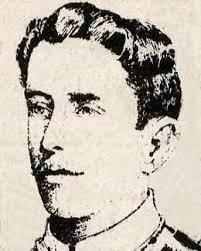
He became the youngest Brigadier General in the War of 1895.
He rose up on June 21, 1895, joining the forces of José Roque in the province of Matanzas. He stood out in the combat of Coliseo on December 23, 1895 and participated in the campaign of La Lanzadera, in the province of Havana under the orders of Major General Máximo Gómez.
He died when he was about to turn 24 on August 15, 1897 in a combat in Paso del Río Hanábana, in the province of Las Villas.
1889. Emilio Roig de Leuchsenring is born in Havana.
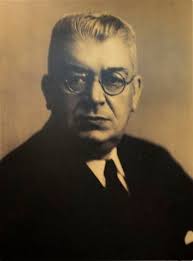
He initially studied at the Colegio de Belén and later obtained a Doctor of Law degree at the University of Havana. He did significant work in the field of historical research, as well as in journalism. He worked intensely on the preservation of the most authentic values of the material and spiritual heritage of our country, and particularly of Havana. He contributed to strengthening anti-imperialist sentiment. From 1935 he performed the functions of Historian of the City and was founder of the Museum of the City of Havana. Several years later, exactly in 1940, he founded the Cuban Society for Historical and International Studies.
He proposed the creation of the Commission of Monuments, Buildings and Historical Places of Havana, which he chaired. He proposed to create and was president of the Cuban Society of Historical and International Studies.
His death occurred in Havana on August 8, 1964.
1960. The Federation of Cuban Women (FMC) is created.
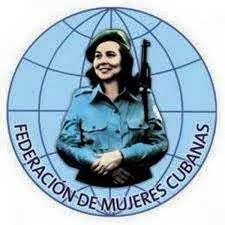
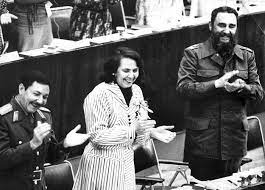 Commander in Chief Fidel Castro summarizes the meeting of women's organizations held in the theater of the Central de Trabajadores de Cuba. At the meeting it was decided to create the Federation of Cuban Women. Fidel values the role of women within the Revolution and as part of the Cuban people.
Commander in Chief Fidel Castro summarizes the meeting of women's organizations held in the theater of the Central de Trabajadores de Cuba. At the meeting it was decided to create the Federation of Cuban Women. Fidel values the role of women within the Revolution and as part of the Cuban people.
He points out: “The Revolution has, without a doubt, a very large support in the female sector of our population.”
He also states: “Our country can feel lucky in many things, but among them, the first of all, because of the magnificent people it has. Here not only men fight, women fight.”
He recalls the great women of Cuban history such as Mariana Grajales, and outlines the mission that the Federation of Cuban Women will have in the revolutionary process.
Further on, it details that there is not a single place in Cuba where the Federation of Cuban Women is not constituted and emphasizes that by ensuring that there is not a single revolutionary woman who is not grouped in the Federation of Cuban Women, the Revolution will be able to count on a force more, with a new organized force, with a tremendous social and revolutionary force.
The founding president of the Federation of Cuban Women was the revolutionary combatant Vilma Espín Guillois
2001. The prominent Cuban musician Frank Emilio Flynn dies in Havana.
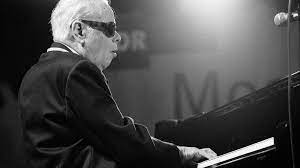
Born in the Cuban capital on April 13, 1921, he became blind when he was 13 years old. In a self-taught way he began his musical studies.
In the 1940s he was associated with members of the so-called Feeling Movement. He was the creator of the Loquibambia group, which included performers and musicians who would later come to stand out as significant figures in Cuban popular music.
It was presented with great success both in Cuba and in various countries. And beyond his qualities as a musician, he showed great sensitivity and simplicity in his daily performance.